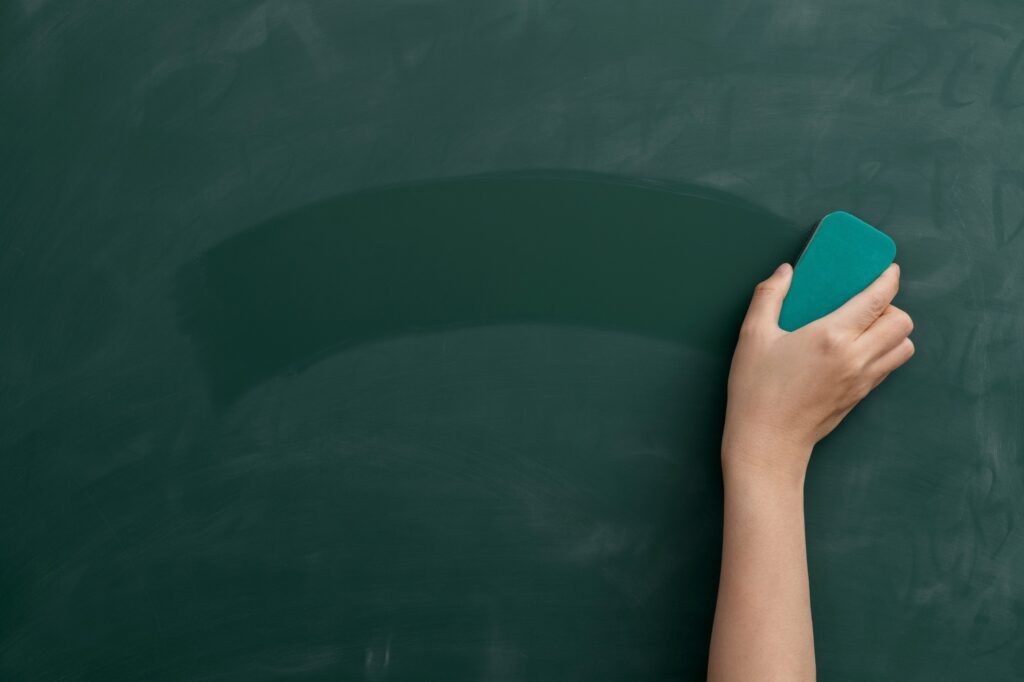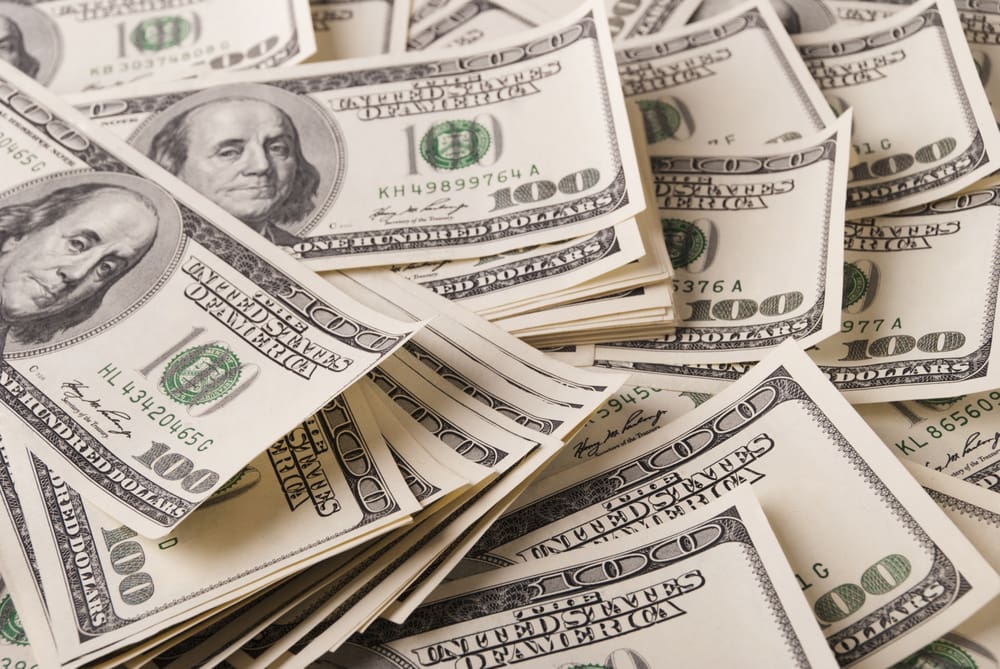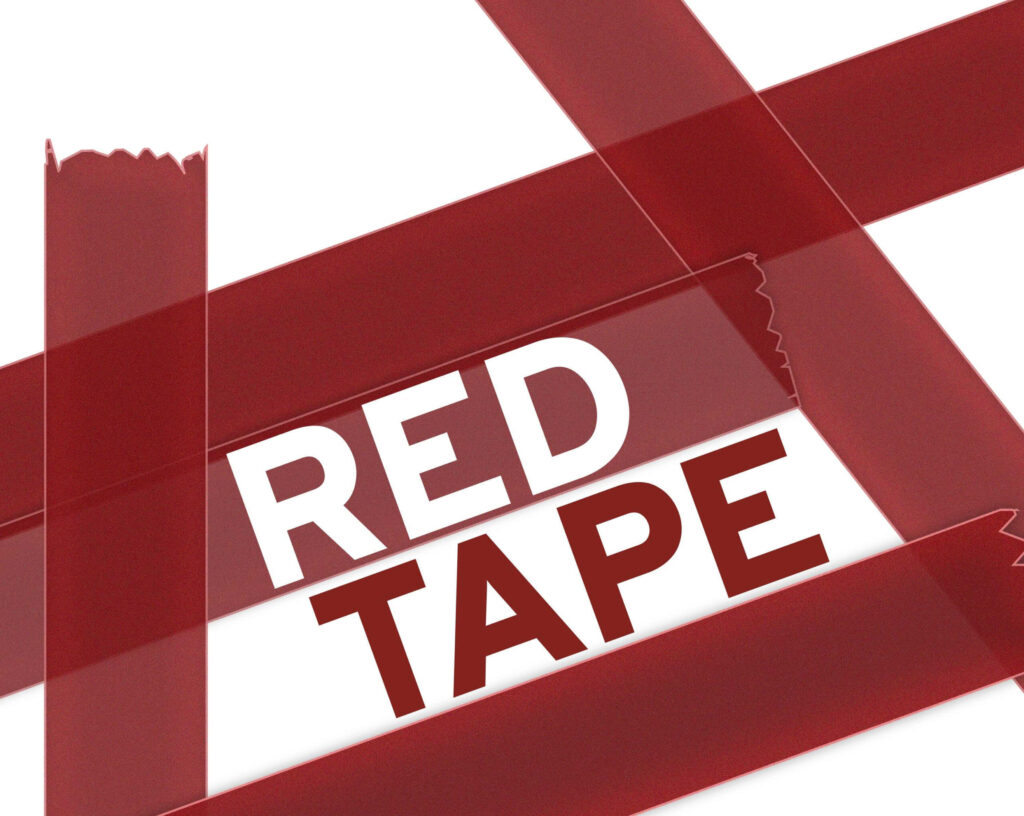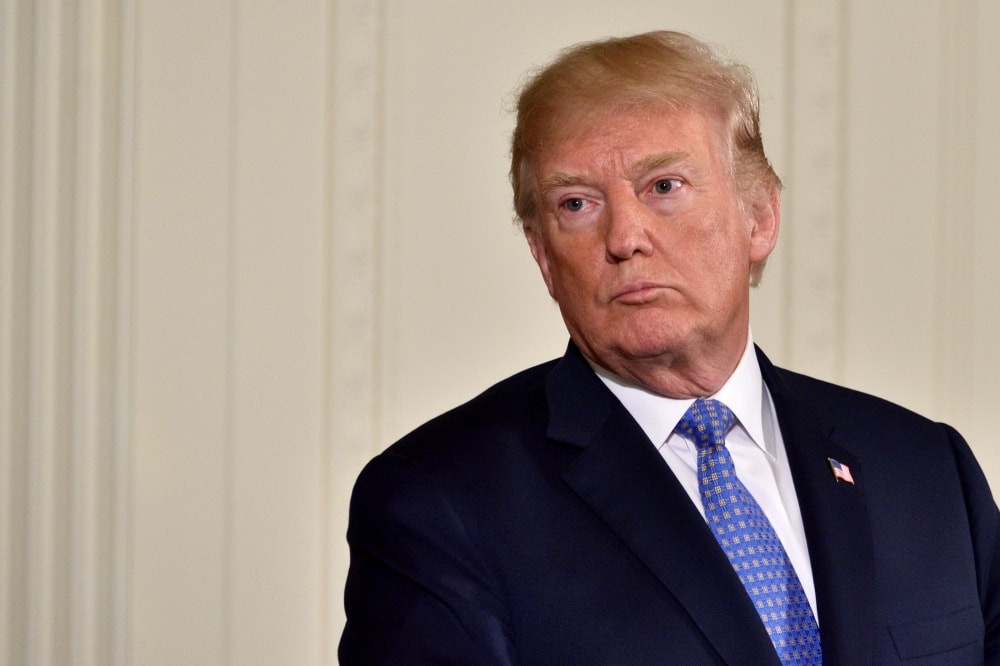Letter to USPTO on crowdsourcing design patents
Nicole Dretar Haines
Senior Legal Advisor
Office of Patent Legal Administration
U.S. Patent and Trademark Office
P.O. Box 1450
Alexandria, VA 22313-1450
Re: Docket No. PTO-P-2014-0013
The R Street Institute – a non-profit, non-partisan 501(c)3 public policy research organization based in Washington, D.C. – would like to thank the U.S. Patent and Trademark Office for the opportunity to comment on the potential benefits of crowdsourcing in the patent application process. We believe crowdsourcing holds tremendous promise as a technique to expand the relevant prior art available to patent examiners, as well as to improve patent quality overall.
The USPTO has expressed interest in crowdsourcing in the context of examining software-related patents and across other technology areas. We also would like to highlight that crowdsourcing could be a useful tool in the review of design patents, although it would require policy changes to make design patents no longer exempt from pre-grant publication.
As communications networks have broadened and the costs of data transmission have fallen, crowdsourcing has emerged as a process that can efficiently and effectively consolidate dispersed market information. Already, through the use of crowdsourcing, online services like Yelp, Wikipedia, Kickstarter and Kiva have served to revolutionize the markets for, respectively, restaurant reviews, encyclopedias, small-scale venture capital and charitable giving
Recognizing the great potential for crowdsourcing to enable similar improvements in the process of reviewing relevant prior art, Congress included in the America Invents Act provisions that allow pre-issuance submissions by third parties for consideration during patent examinations. More recently, President Barack Obama included a proposal to crowd-source the search for prior art as part of his Feb. 20, 2014 executive actions to crack down on abusive practices by patent assertion entities, colloquially known as “patent trolls.”
We believe the PTO’s database, which is incomplete and in some areas lacks the best available prior art, would be enriched through the practice of crowdsourcing. Those most interested in potential patents have the greatest incentive to submit the best available prior art. This art would be added to the PTO archive and made available for future searches. The process makes the database stronger and, in turn, strengthens examinations.
We think there is great potential for similar improvements in the parallel system of design patents. Design patents constitute a growing and increasingly important part of the patent landscape and one that could prove even more crucial as 3D-printing technology continues to expand. Crowdsourcing would be particularly useful to design patent examiners, as reviews rely on pictures, and the USPTO’s database is not easily searchable when looking for prior art in design applications. This also would lead to stronger patents and potentially less litigation.
Unfortunately, unlike the process for utility patents, the design patent application process currently does not allow for pre-grant publication. In fact, the lack of a pre-grant publication system for design patents renders the U.S. system inconsistent with the Hague System, which covers international registration of industrial designs.
As the USPTO moves forward with its examination of crowdsourcing, we would urge the office to work with Congress to explore changes that would allow the benefits of crowdsourcing to be extended to design patents, as well.
Sincerely,
R.J. Lehmann
Senior Fellow
The R Street Institute









